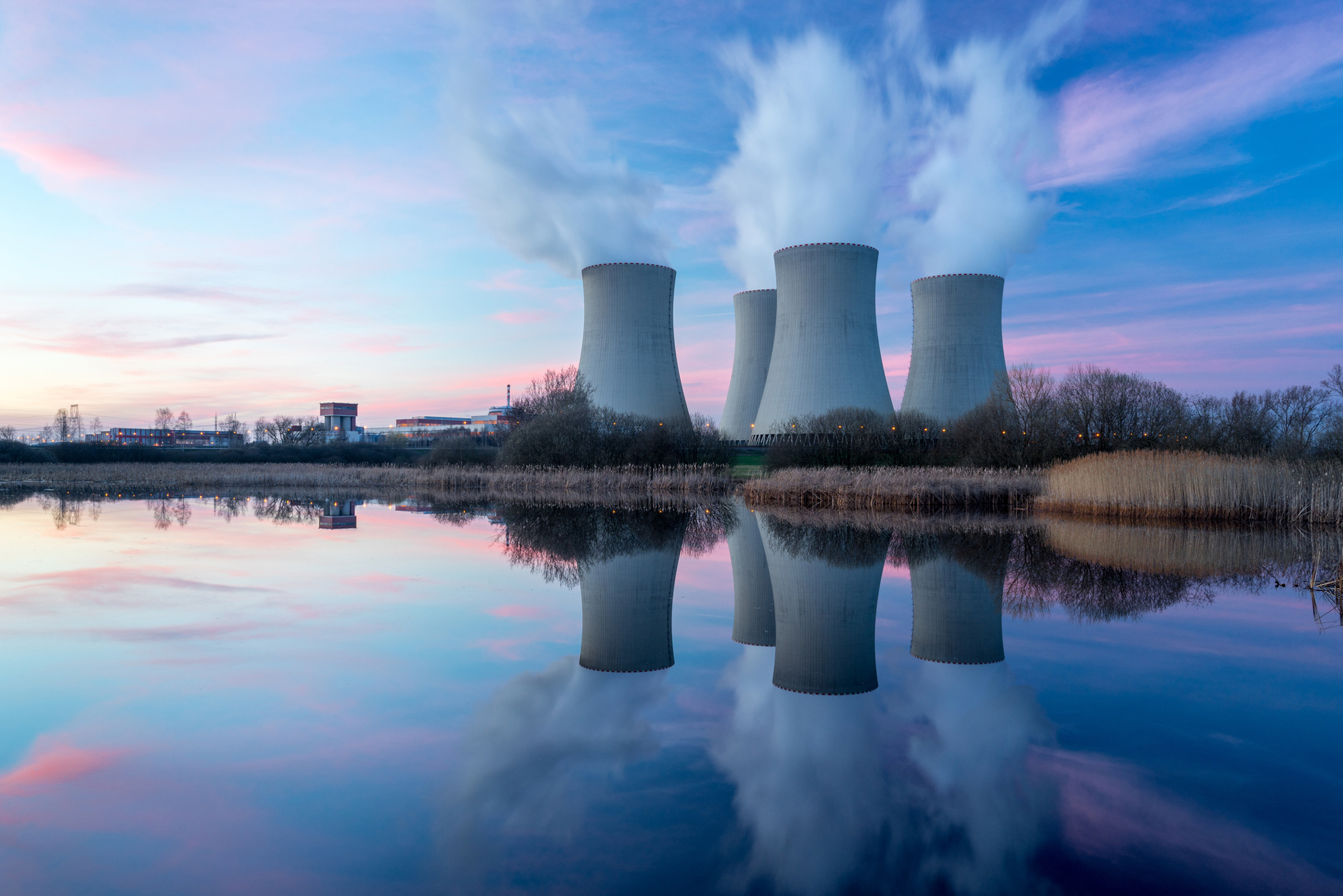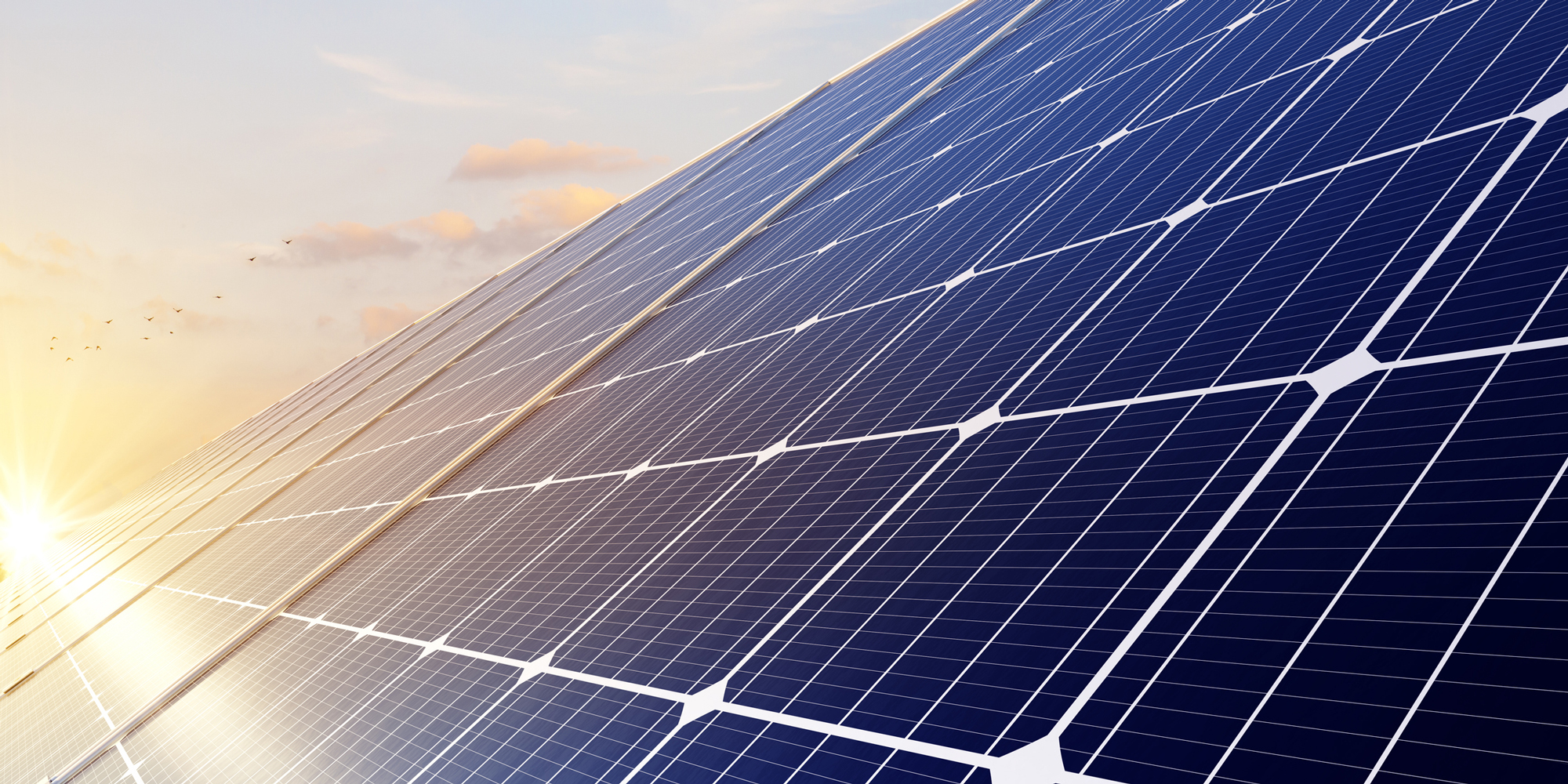What is Geothermal Energy?
Geothermal energy in the form of heat exists everywhere in the world in a number of different forms. In volcanic regions such as the Ring of Fire around the Pacific basin, the heat source is magma which heats fluid trapped in permeable rock formations relatively close to the surface.
Australia is not a volcanic region, therefore the heat source in this case is through natural intrinsic radiogenic heat production. This process heats up the rock and, where the rock is saturated, the water in the rock creates a heat reservoir (usually at a depth below the regions where hydrocarbons are generally found). This provides a massive, environmentally friendly energy resource. As the earth is constantly producing an unlimited upward flow of heat, the energy is classified as a renewable resource.
Why hasn’t it been
used until now?
Historically, geothermal energy production has only been viable in shallow access regions such as the Philippines, Indonesia, Iceland and New Zealand, due to prohibitively high drilling costs. Unfortunately, this has meant that other than hydro-electricity generation and a small geothermal power plant that has produced electricity successfully for 15 years in Birdsville, Queensland, all of Australia’s stable (24/7) electricity and desalinated water is generated from fossil fuels, the use of which contributes to more than one third of Australia’s total carbon dioxide emissions.
To reduce the rate of increase in these levels, the Commonwealth Government has put in place legislation designed to reward those who provide electricity from renewable sources such as wind, solar radiation and geothermal heat. With our low cost and deep drilling expertise, geothermal projects are now viable and profitable, irrespective of resource depth and local geology.

Zero emissions
The majority of Australia’s baseload electricity, hydrogen, ammonia, ammonium nitrate explosives and urea fertiliser are currently generated from fossil fuels, the use of which contributes to more than one third of Australia’s total carbon dioxide emissions. Geothermal energy is free from greenhouse gas emissions.
24/7 stable production
Solar and wind energy has its place but fluctuating environmental conditions prevent consistent electricity generation. With wind and solar electricity now contributing to the mix in our national grids, more flexible, stable (24/7) energy sources are required to complement this growing, non-24/7 energy production. Of the two choices for green stable (24/7) energy, geothermal energy is a far safer and environmentally friendly solution than nuclear energy.
Geothermal energy is capable of providing constant 24 hour per day, baseload energy to produce low-cost electricity, distilled water through desalination, green hydrogen and oxygen, ammonia, diesel exhaust fluids, synthetic fuels, nitrogen and CO2 capture by DAC, explosives and fertiliser for the Australian and global markets. Geothermal syphoning energy production can be ramped up from zero to 100% production within a few minutes, making it a consistent, long term and reliable energy source that is not affected by weather conditions, bush fires, commodity prices and toxic material disposal issues.
Smaller geographic footprint
Just 1 small geothermal well head, taking up 1 square metre of land, will produce enough stable (24/7) energy to provide electricity for 5,000 homes. One Hectare of GWE geothermal energy can provide enough electricity for 40,000 homes. One Hectare of solar energy including battery storage can not provide enough electricity for 10 homes.

Our approach to
GeoThermal Energy:
Closed loop
geothermal systems
Good Water Energy’s closed loop geothermal system circulates non-corrosive fluid (the working fluid) down a fully lined and isolated well by thermal syphoning effect, to be heated by the ground heat source (the geothermal heat reservoir). The well systems are classified as a coaxial design, closed loop downhole heat exchanger to allow maximum heat transfer from the geothermal heat reservoir to the cooler descending working fluid.
With 300°C to 400°C granite temperatures easily accessible with the GWE patented drilling system, thermal energy delivered at pressure from the wellheads will have a temperature of 250 to 300°C after being pushed by thermal syphoning effect from the bottom of the wells.
The surface flow and temperature will be sufficient for the use of direct flash steam turbines to generate electricity. This is our preferred option over ORC power generation systems that are less efficient.
Advantages of the GWE geothermal system:
Can be implemented in any geothermal heat reservoir, irrespective of the presence of groundwater with a sufficient, inherent flow rate
Can be located where there is a demand for electricity and desalinated water, or where there are existing mini-grid distribution networks
No extraction or re-injection of potentially toxic geothermal groundwater
No scale deposits can form from corrosive geothermal groundwater reservoirs
No depletion of geothermal groundwater reservoirs
Considerably longer casing and well life
No requirement for surface or sub-surface pumps for energy production
No requirement for stimulation or fracking
No downtime required for down hole pump service and replacement
Easy replacement of production casing for upgrades
No expensive steering of wells required (directional drilling)
Lower cost energy production
More than 100 year well life in granites.
Geothermal vs nuclear
Geothermal energy and nuclear energy are both stable energy sources and do not require batteries or other expensive storage solutions to provide energy 24 hours a day. However, nuclear energy is not renewable energy. Nuclear energy requires the mining, processing and transport of uranium and Australia’s reserves of uranium are predicted to run out in 80 years.

Concerns about nuclear energy

Geothermal vs
solar
Unlike solar or wind energy which requires thousands of square km of trees and plant life to be cleared and can only produce electricity for a few hours each day, geothermal energy generates electricity 24 hours per day.
Solar electricity is helping to reduce our CO2 emissions, but solar energy is only capable of producing electricity during daylight hours and is hampered by overcast weather or blocked sunlight. Because of its inconsistent output, a viable stable (24/7) electricity supply is still required. Increasing battery storage can only store limited energy, plus batteries are expensive and, come disposal, are unhealthy for the environment. Solar energy has good potential for consumer grade applications and is a great way for households to mitigate rising electricity prices.
Geothermal vs wind
Wind power is not a continuous energy supply, and batteries or hydroelectric systems are required to store energy when the wind is not blowing. Fluctuating electricity supplies from wind generators causes major problems to the power grid and the turbines themselves have been shown to inversely affect the environment. Studies are still ongoing into the potentially damaging effects (both on nearby ecology and communities) of infrasound created by wind turbines.
